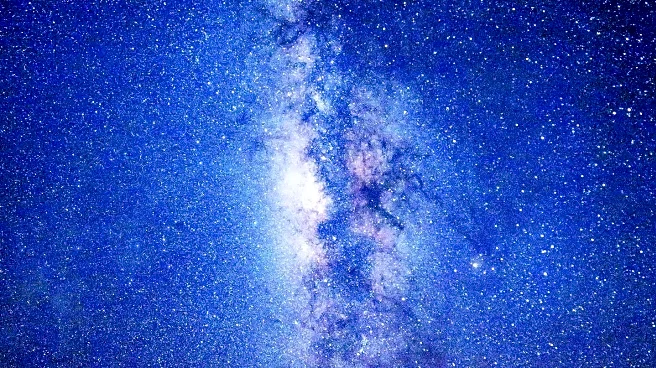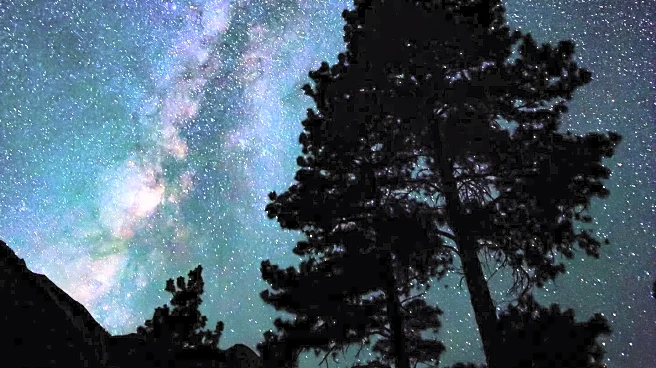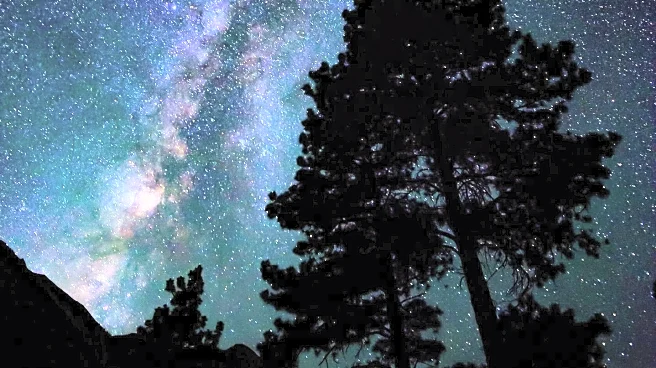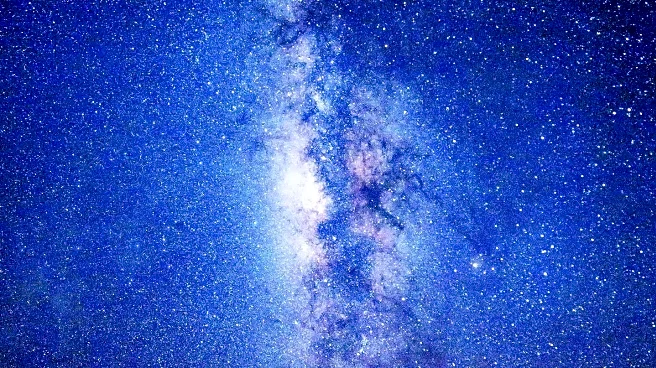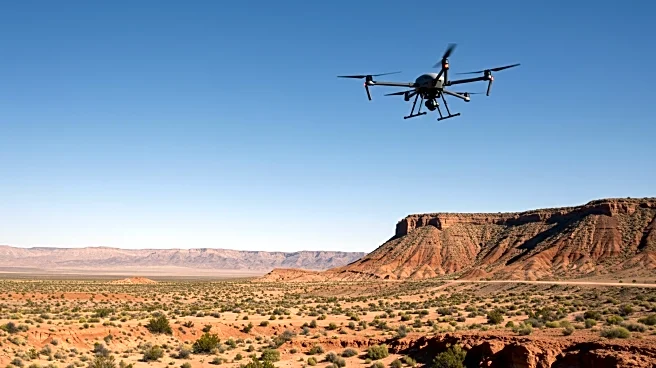Rapid Read • 8 min read
August offers one of the best opportunities for stargazers in Texas to view the Milky Way galaxy. As summer ends, the Milky Way season, which spans from February to October, is nearing its conclusion in the United States. The Milky Way, a spiral galaxy containing billions of stars, is visible from Earth, particularly vibrant during certain times of the year. In the Northern Hemisphere, including the continental United States, the best time to see the Milky Way is generally from March to September. The galaxy's core, visible since June, continues to shine brightly through August, especially during the darkest hours from midnight to 5 a.m. Stargazers are advised to seek locations away from city light pollution for optimal viewing.
AD
The visibility of the Milky Way provides a unique opportunity for both amateur and professional astronomers to observe and study our galaxy. This event highlights the importance of dark sky communities, which offer ideal conditions for stargazing by minimizing light pollution. Texas, with over ten designated dark sky locations, serves as a prime destination for astronomy enthusiasts. The ability to view the Milky Way can inspire interest in astronomy and science, fostering educational opportunities and promoting awareness of the importance of preserving natural night skies.
As the Milky Way season concludes, stargazers will need to wait until next year for similar viewing opportunities. However, the upcoming months may offer other celestial events, such as meteor showers or planetary alignments, which can be observed from dark sky locations. Astronomy groups and enthusiasts may organize events or workshops to capitalize on these opportunities, further engaging the community in astronomical activities.
The increasing interest in stargazing and astronomy can lead to broader discussions on environmental conservation, particularly regarding light pollution. Efforts to preserve dark sky areas not only benefit astronomers but also contribute to wildlife conservation and energy efficiency. This movement can encourage local governments and communities to implement policies that reduce unnecessary lighting and promote sustainable practices.
AD
More Stories You Might Enjoy
